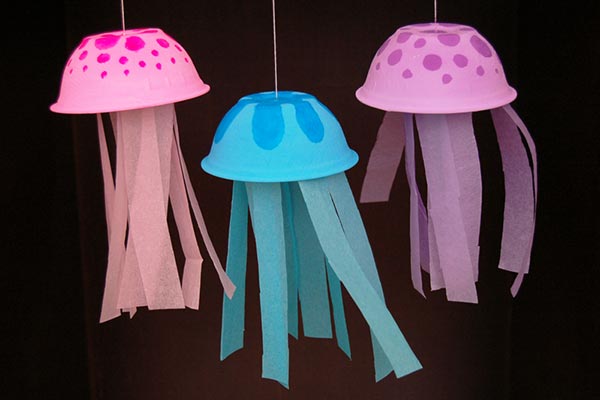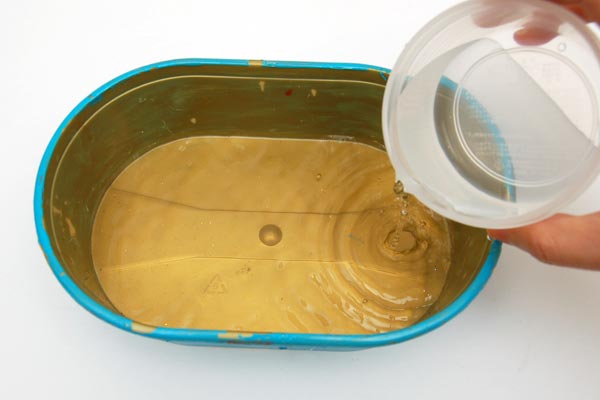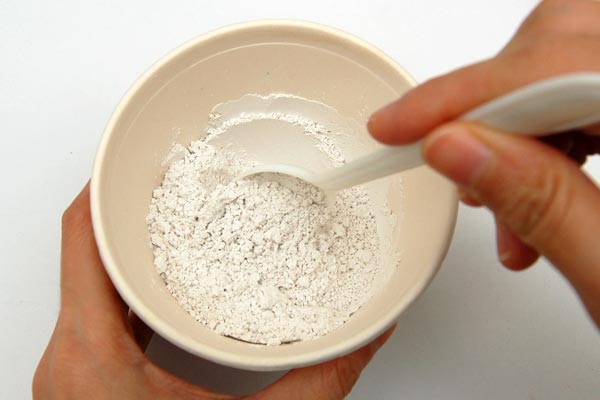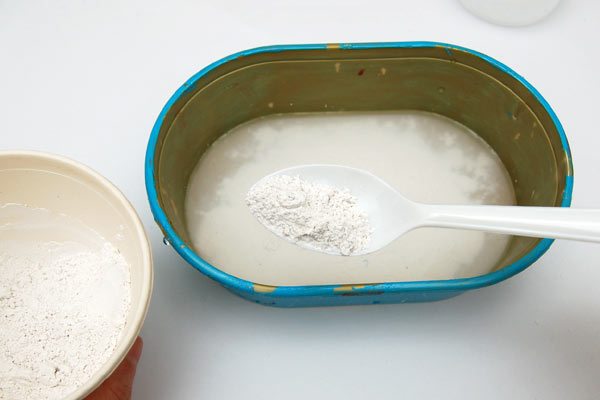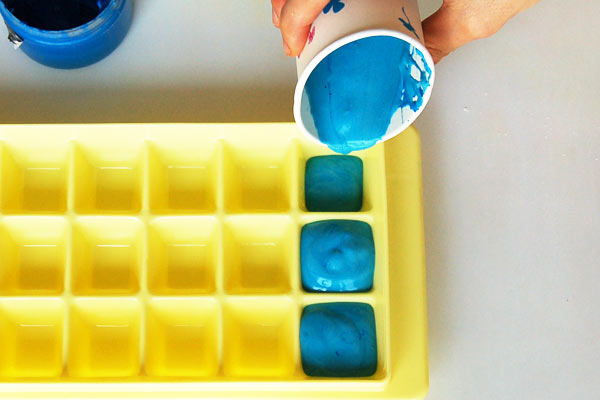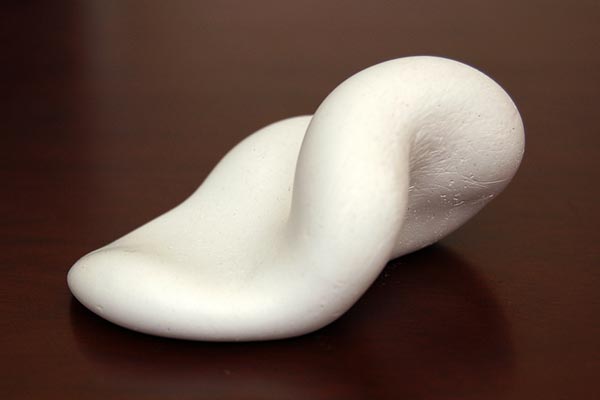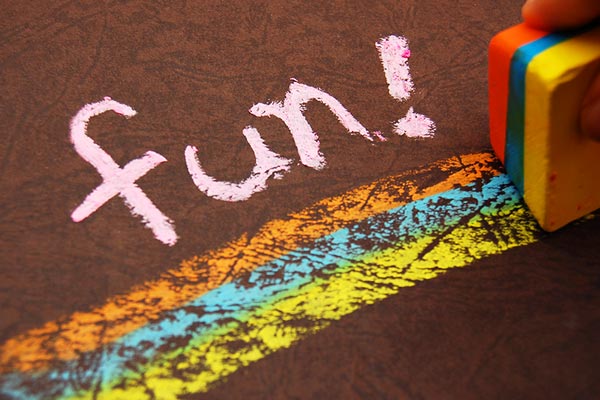Mixing Plaster of Paris
Plaster of Paris is a great material to use for basic sculptures and craft projects because it is easy to prepare and sets in a few minutes. Mixing Plaster of Paris is easy but there are important steps to keep in mind to come up with a solid and sturdy sculpture.
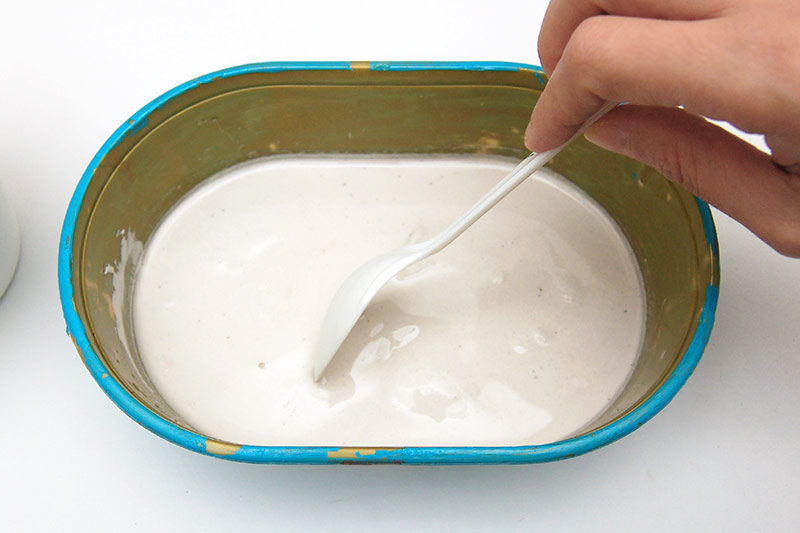
Featured Crafts
Supplies Needed
- Plaster of paris powder
- Water
- Mixing container
- Spoon or spatula
- Measuring cup
- Mold
- Petroleum jelly
- Newspapers or plastic mat
- Poster paint or acrylic paint (optional)
Safety Tips
- Never mix plaster of paris with your bare hands.
- Plaster of paris powder is extremely light and fine. Caution should be taken to avoid getting the powder into the eyes and nose.
- Kids will need adult supervision.
STEPS
1Measure out the water.
Cover your work area with a plastic mat or with newspapers. Find a mixing container (preferably a disposable one) that could accommodate the amount of mixture intended.
The ideal ratio for a plaster of paris mixture is 2 parts plaster of Paris powder to 1 part water. Measure out the water and pour it into your mixing container.
2Measure out the powder.
Measure out the plaster of paris powder and put it into another container. Break up any lumps of powder with a spoon.
Remember that the ratio should be 2 parts powder to 1 part water. If you measured out 1 cup of water in Step 1, then you would need 2 cups plaster of paris powder.
5Continue adding powder.
Continue adding the Plaster of Paris powder, tapping the sides of the container from time to time. The cue to stop is when you notice that the powder is almost covering the surface of the water and is not as easily absorbed by the water. Normally this point would be around the 2:1 ratio but could vary slightly depending on several factors, including the brand of plaster of paris powder and water temperature.
9Let the mixture set.
The mixture will start to set within a few minutes. Besides hardening, you'll notice that the plaster of paris also gives off heat. It typically takes 20 to 30 minutes for plaster of paris to set.
*The drinking straws on this particular project is to create a hole on each plaster of paris cube.
10Remove from the mold.
You'll know when the plaster of paris has set when it's rock solid and cool to the touch. Carefully remove them from the mold.
Do not throw any leftover mixture into the drain, it will clog the pipes. Instead, let the mixture harden in the mixing container, then throw it into a trash can.
